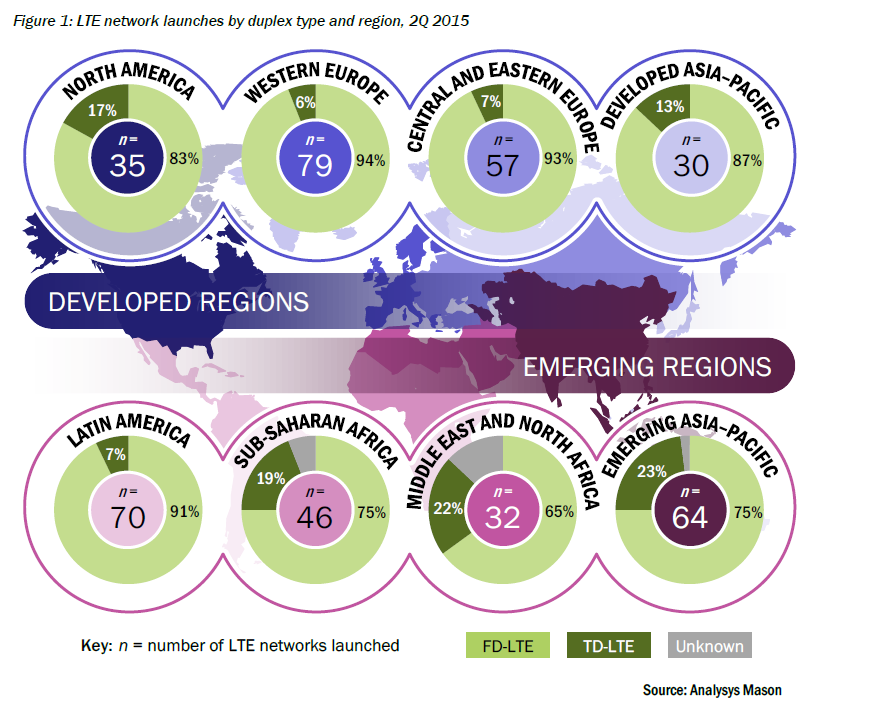In the previous blog post I have explained the concept of multi-band cells in LTE networks and promised to explain a bit deeper how such cells can be used in Multi-Operator RAN (MORAN) scenarios.
MORAN is characterized by the fact that all network resources except the radio carriers and the Home Subscriber Server (HSS) are shared between two or more operators.
What this means in detail can be see in Step 1 of the figure below.
The yellow Band #1 spectrum of the multi-band cell is owned by Network Operator 1 while the blue spectrum of Band #2 and Band #3 belongs to Network Operator 2.
Band #1 is the default band. This means if a UE enters the cell is always has to establish the initial RRC signaling connection on Band #1 as shown in step 1.
The spectrum owned by Network Operator 2 comes into the game as soon as a dedicated radio bearer (DRB), in the core network known as E-RAB, is established in this RRC connection.
Then we see intra-frequency (intra-cell) handover to Band #2 where the RRC signaling connection is continued. Band #3 is added for user plane transport as a secondary "cell" (the term refers to the 3GPP 36.331 RRC specification).
The reason for this behavior can be explained when looking a frequency bandwidths.
The default Band #1 is a low frequency band with a quite small bandwidth, e.g. 5 MHz. as it is typically used for providing good coverage in rural areas. Band #2 is also a lower frequency band, but Band #3 is a high frequency band with maximum bandwidth of 20 MHz. So Band #3 brings the highest capacity for user plane transport and that is the reason for the handover to the spectrum owned by Network Operator 2 and the carrier aggregation used on these frequency bands.
However, due to the higher frequency the footprint of Band #3 is lower compared to the other two frequency bands.
For UEs at the cell edge (or located in buildings while being served from the outdoor cell) this leads quite often to situations where the radio coverage of Band #3 becomes insufficient. In such cases the UE typically sends a RRC measurement event A2 (means: "The RSRP of the cell is below a certain threshold.").
If such A2 event is received by the eNB it stops the carrier aggregation transport and releases the Band #3 resources so that all user plane transport continues to run on the limited Band #2 resources as shown in step 3.
And now in the particular eNB I observed a nice algorithm starts that could be seen as a kind of zero-touch network operation although it does not need big data nor artificial intelligence.
10 seconds after the secondary frequency resources of Band #3 have been deleted they are added again to the connection, but if the UE is still at the same location the next A2 will be reported soon and carrier aggregation will be stopped again for 10 seconds and then the next cycle starts.
This automation loop is carried out endlessly until the UE changes its location or the RRC connection is terminated.
Related Posts:
- The 3G4G Blog: What is a Multi-Band Cell?






































